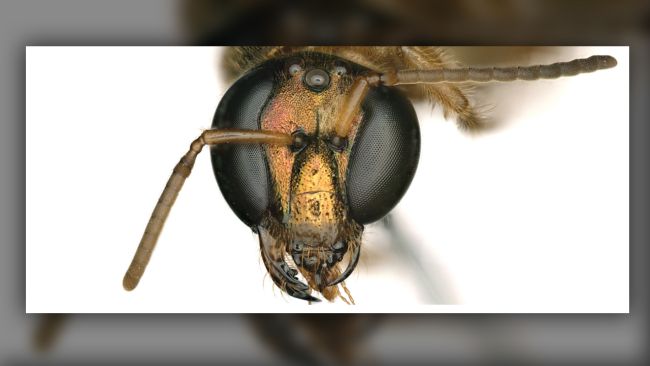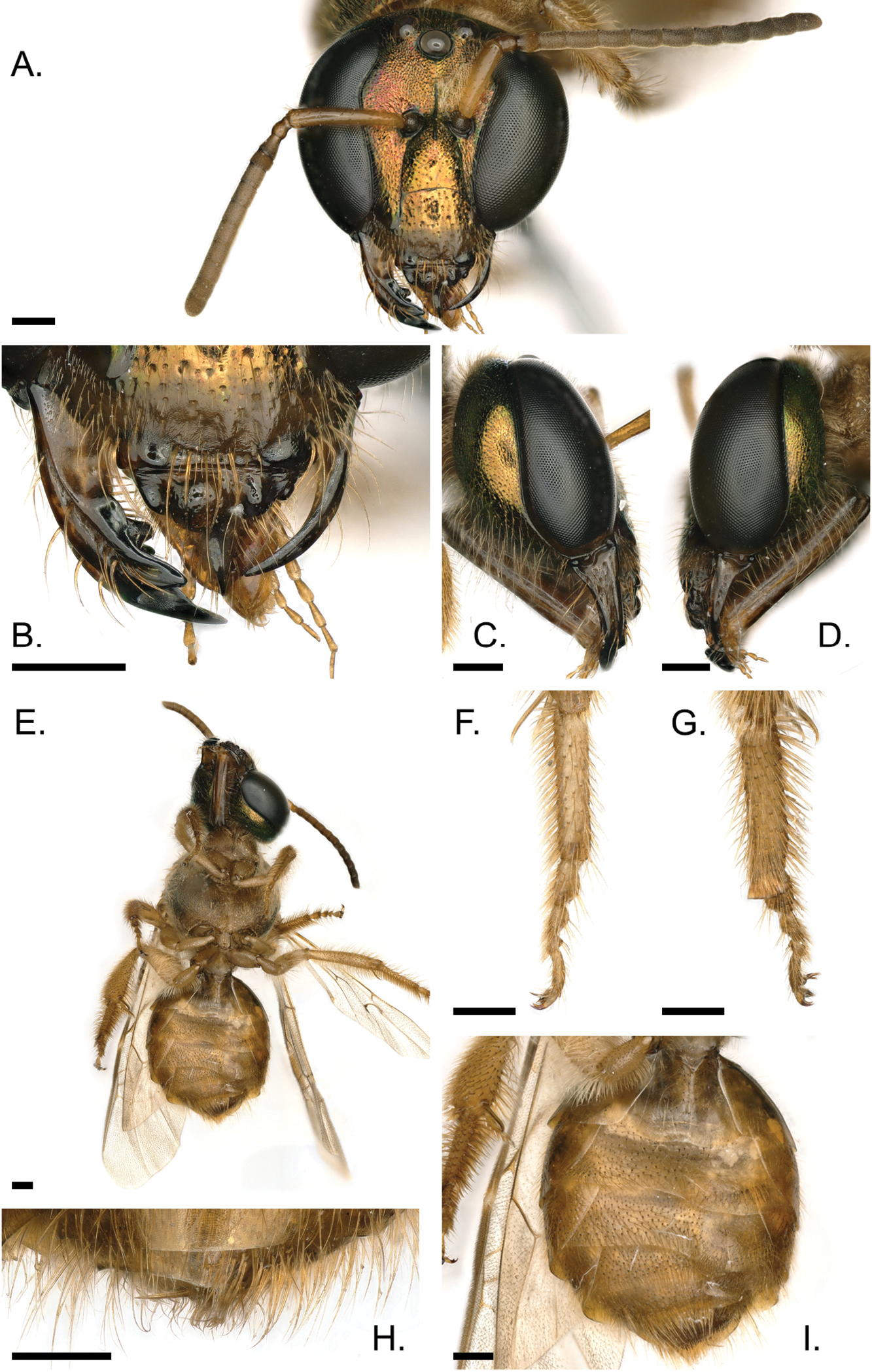Scientists Discover A Bee That Is Both Male And Female
Tags: News

Scientists have discovered an individual bee within the species of Megalopta amoenae, which can be classified as both biologically male and female.
According to researchers, the bee’s left side is biologically male, signified by a thin long antenna and a smaller hind leg with fewer bristles. These features are characteristic of male bees of this species. Meanwhile, the right side of the insect has a shorter antenna, with a thicker and hairier hind leg, which are traits typically seen on a female.
The phenomenon, known as gynandromorphs, has been found in at least 140 bee species. Butterflies, birds and some crustaceans are also known to show similar traits at times. It is still a very rare situation, and even for bee species where this is more common, bees with these features are usually not found until after they are already dead. Sometimes these rare specimens can be found in museums, but this is the first time that one has been found alive in the wild.
A team of researchers from Cornell University, led by entomologist Erin Krichilsky, was conducting a study with Megalopta amoenae bees, in hopes of learning more about their circadian rhythms.
The researchers were working with bees from the forest of Barro Colorado Island in Panama at the Smithsonian Tropical Research Institute, and made the discovery by mistake. The study was published in the Journal of Hymenoptera Research.

In their paper, the researchers explain that, “This phenomenon [gynandromorphism] may offer insight into the evolution of specialised morphological traits, such as male-like morphology of female brood-parasitic bee lineages, the modified morphology of social insect castes, and novel methods of reproduction.”
The team noted that more research should be done to understand if there are any major differences in the bee’s behavior when compared to male or female specimens of the same species.
“It should be noted that ours was only a single sample. More studies need to be done to better understand if there is a difference in circadian rhythm based on sex in this species, and to distinguish what the deviant activity pattern of the gynandromorph results from,” the study concluded.
Leave Comment: